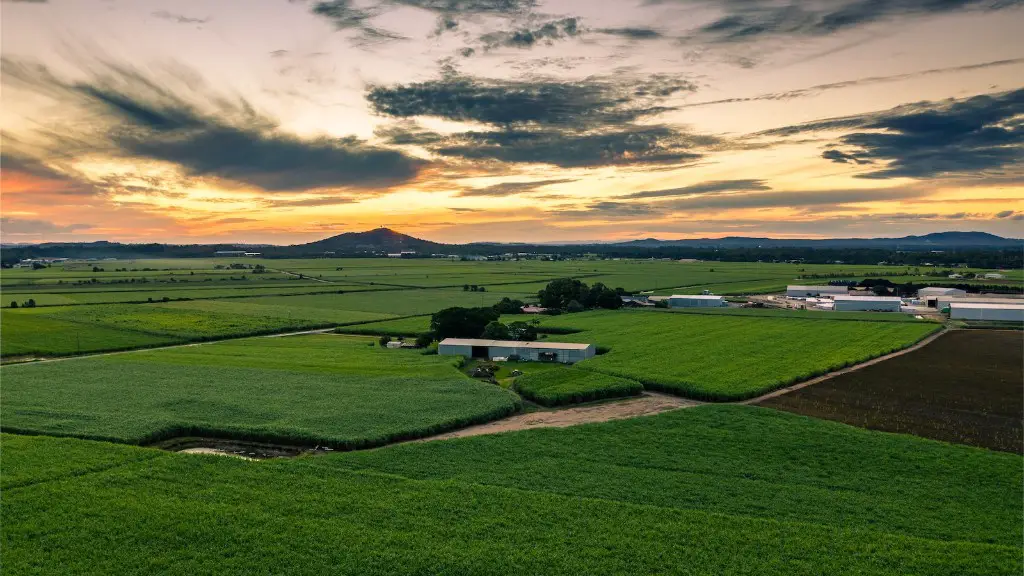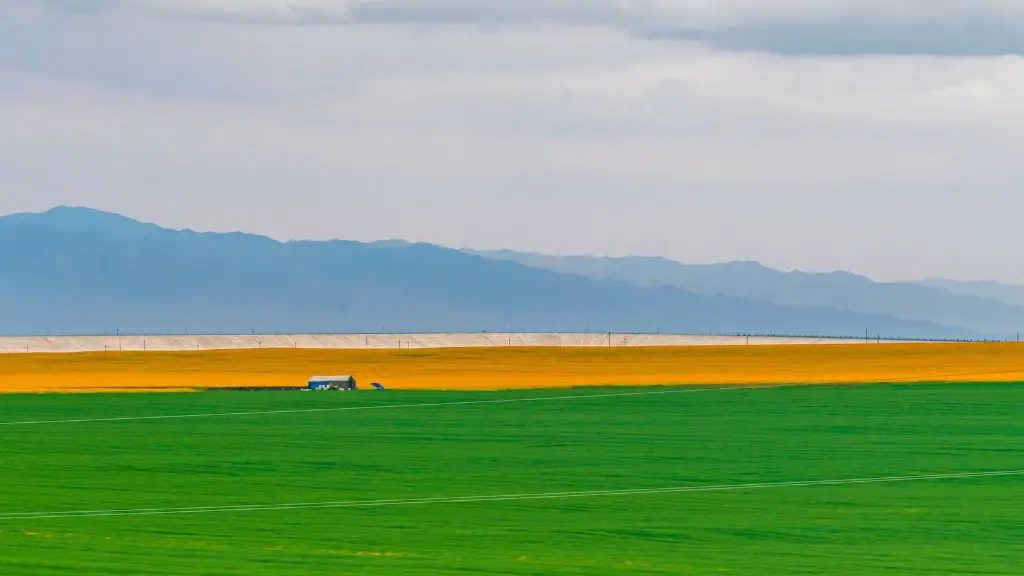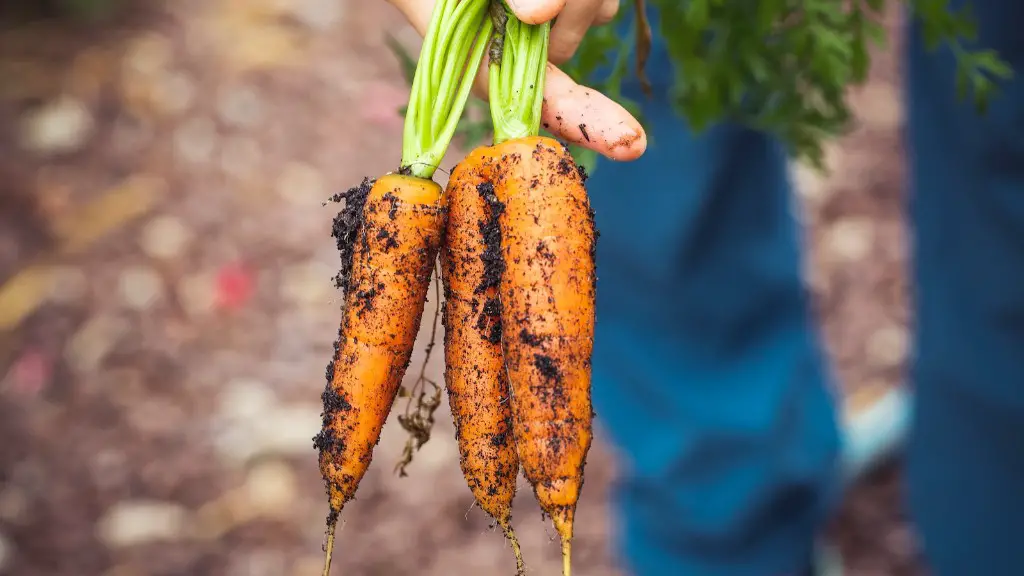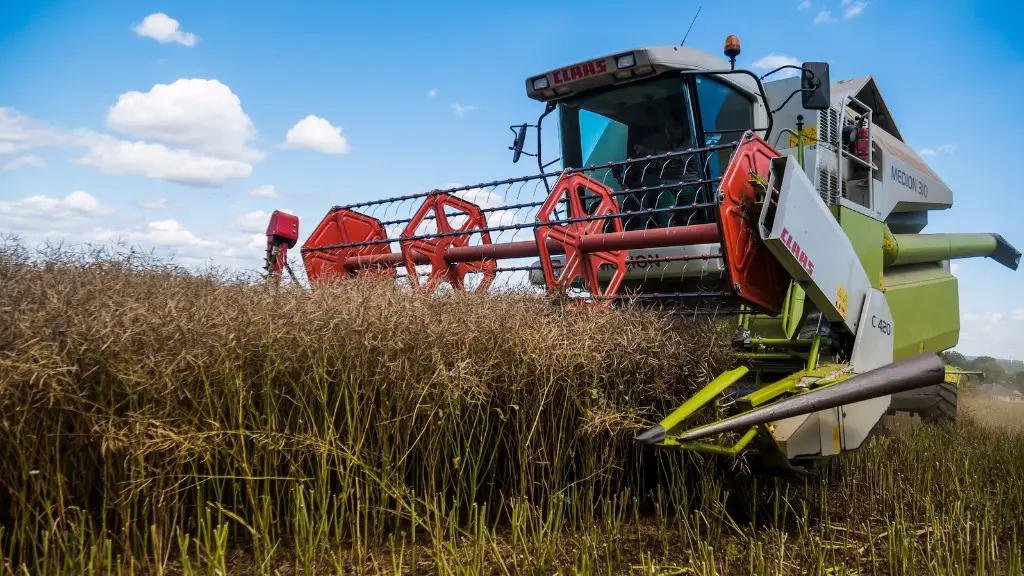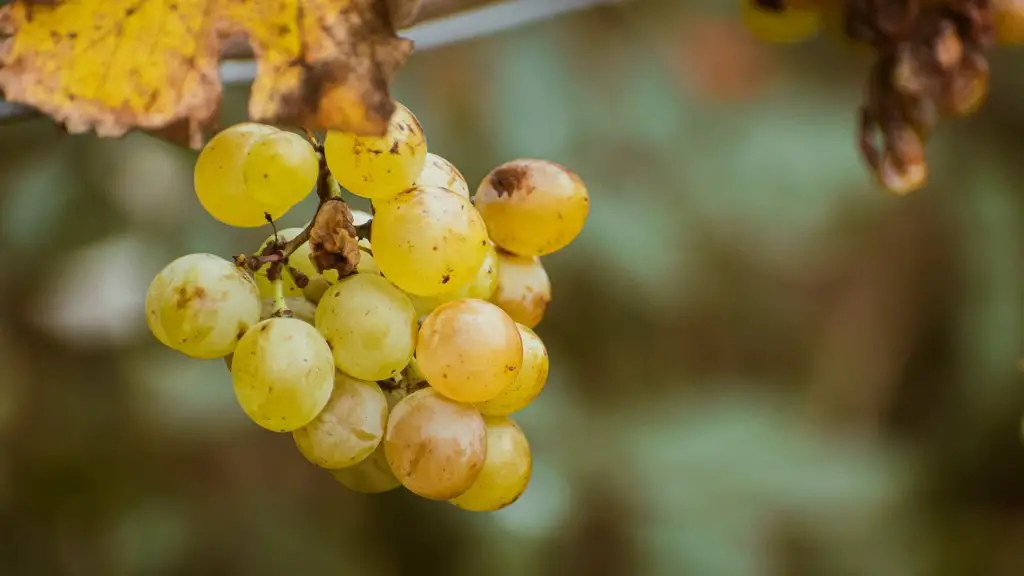The United States Department of Agriculture (USDA) is the federal executive department responsible for overseeing the agricultural policies and programs of the United States. Its headquarters is located in Washington, D.C. The USDA provides information, technical assistance, and financial support to American farmers and other agricultural businesses to help them operate in a more productive and profitable manner. Additionally, the department administers a wide range of programs to support communities, improve rural areas, and conserve and protect natural resources.
The mission of the USDA is to foster sustainable economic development and promote rural prosperity. The department works together with federal, state, and local agencies to promote agricultural production and economic growth. The USDA also works to ensure that all Americans have access to a safe and nutritious food supply. In addition, the department is committed to promoting environmental sustainability by providing technical and financial assistance to research, develop, and implement sustainable agricultural practices.
The USDA is led by the Secretary of Agriculture, who is appointed by the President of the United States. The current Secretary of Agriculture is Tom Vilsack. The USDA also has a number of deputy secretaries and other officials who oversee various offices and programs throughout the department. The Agriculture Building, located in Washington, D.C., serves as the headquarters of the USDA and houses many of the department’s offices and personnel.
The USDA has a wide-reach throughout the United States. Its headquarters in Washington, D.C. directs the department’s goals and policies, while offices and employees around the country work to implement those initiatives. In addition, the USDA partners with many universities and research centers, as well as federal agencies, to further its mission and to provide resources, guidance, and support to America’s farmers and ranchers.
The Department of Agriculture is instrumental in fostering economic development and promoting rural prosperity in the United States. Its leadership and programs help to ensure that all Americans have access to a safe and nutritious food supply, while also supporting the conservation of natural resources and promoting environmental sustainability.
History of the Department of Agriculture
The Department of Agriculture was created in 1862 as part of President Abraham Lincoln’s plan to “preserve and develop the great resources of the country.” At the time, the United States was in the midst of and recovering from the Civil War, and agriculture was one of the nation’s most important and stable industries. The department has since gone through a variety of changes and undergone several reorganizations, but its mission of preserving, developing, and supporting agriculture in the United States has remained consistent.
Initially, the Department of Agriculture was responsible for only research and education, but later expanded to administer a variety of programs related to rural development and conservation. In 1933, President Franklin D. Roosevelt established the Farm Security Administration, which was responsible for providing financial support and services to American farmers. In 1942, the department established the Office of Price Administration to help stabilize prices and ensure food availability during World War II.
Over the years, the department has grown in size and responsibilities. In 1945, the USDA established the Food and Nutrition Service to administer food assistance programs and help those in need access nutritious meals. In 1961, the department launched the Agricultural Research Service to develop agricultural products to strengthen the economy and reduce hunger. Currently, the USDA has a variety of public responsibility for agricultural production, rural development, nutrition assistance, and environmental conservation.
Role of the Department of Agriculture
The Department of Agriculture plays an integral role in the development, management, and conservation of the nation’s resources. Its programs provide assistance to farmers, ranchers, and other agricultural businesses by supplying technical and financial support, as well as information on best practices. The USDA is also responsible for providing access to safe and nutritious food to low-income families and individuals through its food assistance programs. Additionally, the department is involved in developing and implementing new, more sustainable practices to limit the impact of human activity on natural resources.
The USDA works with industry stake holders, government organizations, and universities to promote research, develop new products, and create economic opportunities for agriculture. It is also a major provider of economic assistance to rural communities and farmers, providing funding for infrastructure, education, housing, and business development projects. Additionally, the department administers conservation programs to protect water, land, and other natural resources.
The current Secretary of Agriculture, Tom Vilsack, has been instrumental in modernizing the department and its programs. He has focused on making the USDA more efficient and accessible to farmers and ranchers, while also emphasizing the importance of environmental protection. Under his leadership, the department is committed to fostering economic growth and promoting a healthy food system for all Americans.
Department of Agriculture Programs
The Department of Agriculture administers a variety of programs aimed at preserving, developing, and promoting agriculture in the United States. Some of these programs assist farmers, ranchers, and other agricultural businesses in their production and operations. Other programs provide financial assistance to rural communities and low-income households for food, housing, and other needs. Additionally, the department oversees numerous environmental conservation programs.
The USDA provides assistance to farmers and ranchers through its Farm Service Agency. This agency offers a variety of services, such as financial assistance, business planning and training, and loan programs. The Rural Development programs provide investments and services to improve infrastructure and housing in rural areas. Additionally, the Natural Resources Conservation Service administers programs to conserve water, soil, and other natural resources.
The Supplemental Nutrition Assistance Program, also known as SNAP, provides food assistance to low-income individuals and families. The Women, Infants and Children Food and Nutrition Service provides nutrition education and supplemental food assistance to pregnant women, new mothers, and young children. The National School Lunch Program provides nutritious meals to children in public and private schools.
The Department of Agriculture also oversees a variety of research initiatives, including the Agricultural Research Service which develops technologies and innovations to improve crop yields and reduce hunger. The Forestry Research Program supports the protection, management, and restoration of America’s forests. The Economic Research Service provides economic analysis on agricultural and food policy, and the National Agricultural Library deals with information and data concerning all things agricultural.
Agriculture Programs For Minority and Underserved Groups
The USDA is committed to improving the lives of everyone involved in the agricultural industry. To do this, the department has established a variety of programs to help provide resources and services to socially disadvantaged groups. These programs are aimed at reducing poverty and improving economic opportunities for minority and underserved producers, such as military veterans, women, new and beginning farmers, and disabled individuals.
One such program is the Minority and Women Farmers and Ranchers Program, which provides loans, grants, and technical assistance to discriminated producers. The program also offers business planning and training to help with the successful operation of their farms and ranches. The USDA’s Rural Microenterprise Program assists low-income individuals to participate in business and enterprise opportunities.
In addition, the USDA’s StrikeForce for Rural Growth and Opportunity program is designed to strengthen efforts in rural areas by providing assistance to Native American farmers and ranchers, as well as supervised farms for veterans. The Southwestern Native American Reservation Commission is a program dedicated to helping small agricultural producers on reservations and other tribal lands.
The USDA also offers grants from the Conservation Reserve Program to help farmers protect and improve their land. These grants can be used for erosion control, wildlife habitat management, and restoring wetlands. Additionally, the department is responsible for administering the Small Business Conservation Grants Program, which provides financial assistance to small agricultural businesses.
Conclusion
The USDA’s headquarters is located in Washington, D.C. and is responsible for overseeing the agricultural policies and programs of the United States. The department works with universities, industry, and government agencies to promote economic development, provide technical assistance, and conserve and protect natural resources. Programs are administered to assist farmers, ranchers, low-income individuals, and underserved groups, such as veterans and Native Americans. The Department of Agriculture plays an important role in promoting sustainable agricultural practices and creating economic opportunities for all Americans.
